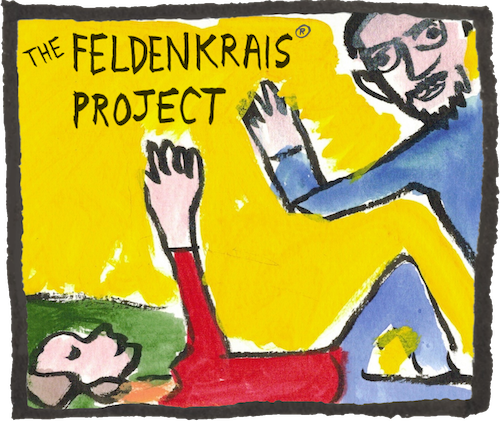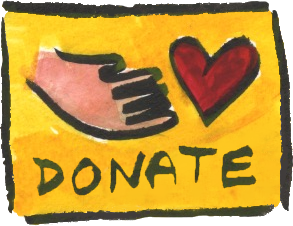Disclaimer: The Feldenkrais Method of somatic education is presented on this website for educational purposes and self-guided study only. The Method and all recordings, live online classes, pages, blog posts, and documents of any kind available from this website are not intended to be a substitute for professional help or medical treatment. Nothing on this website is intended to diagnose or treat any pathology, disease or injury of any kind. This website, all media files found on it, all live classes available through it, The Feldenkrais Project, Twin Cities Feldenkrais, LLC, and the creator of any and all of these files, and anyone featured on these files, cannot be held responsible for any injuries or discomfort that might arise while doing these lessons. If you have any doubts about whether doing Feldenkrais lessons is appropriate for you, be sure to consult your medical practitioner.
The following are service marks or certification marks of the Feldenkrais Guild of North America: Feldenkrais®, Feldenkrais Method®, Functional Integration®, Awareness Through Movement®, ATM®, FI®, Guild Certified Feldenkrais Teacher®, and Guild Certified Feldenkrais PractitionerCM.





This is going to be my “go to” lesson when I feel like renewing my awareness, feeling out of touch with my flexibility or when I am unable to attend class. Thanks Nick. The delivery on the tape is excellent.
Here’s another comment/email thread I turned into a blog post about difficult ATM lessons back at our old website. (This is about the same lesson above, it just has a different name now.)
A wonderful lesson. Maybe my favorite. Initially the clear directions make the movements long and luscious and really accessible. A bit of challenge (for me) at the end is helpful to tie it all together. Thank you!
Another fantastic lesson Nick. I really felt my chest relax and open to take in more air. Also noticed it was much easier, almost reflexive to breath deeper in to my lower abdomen.